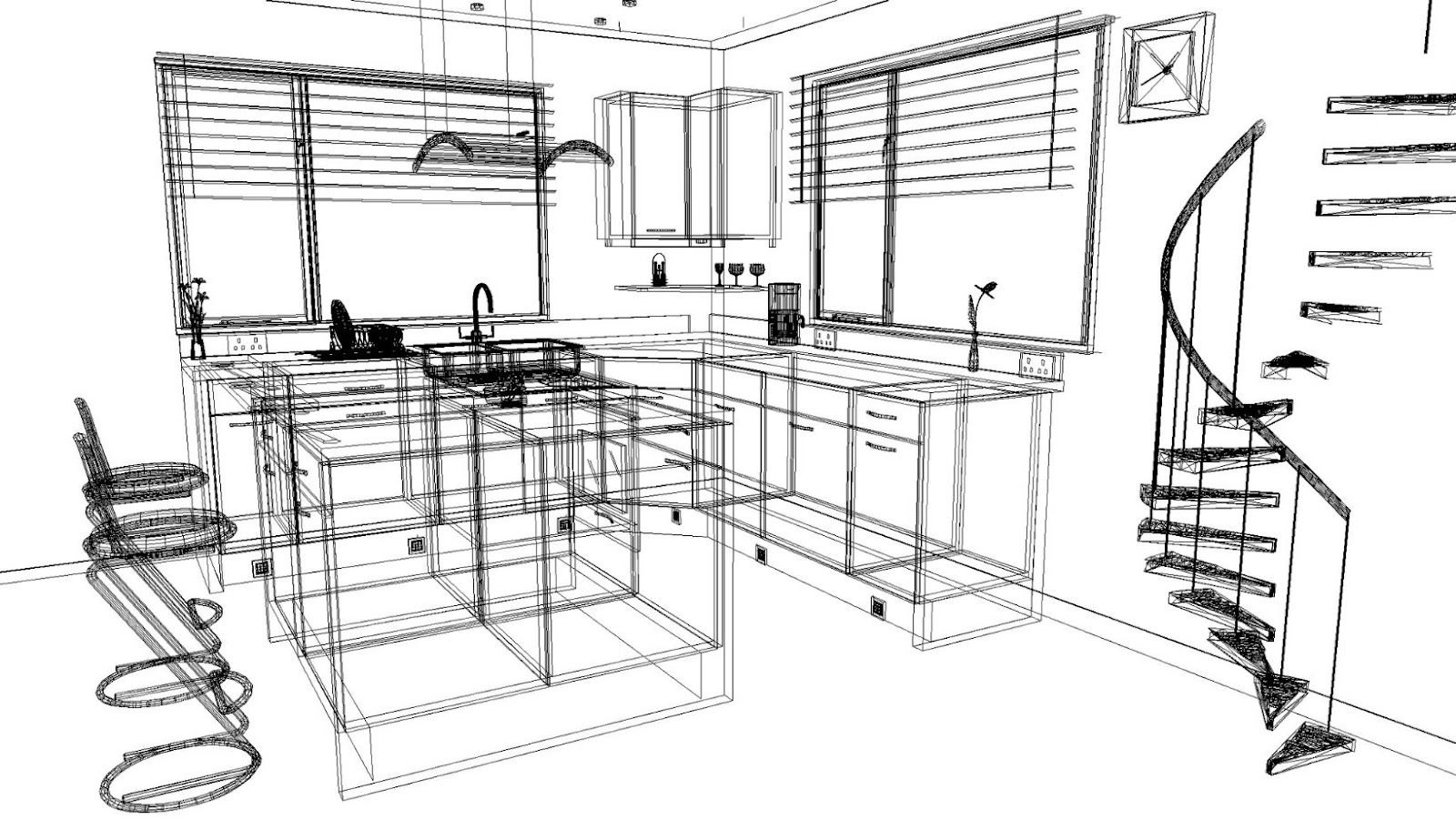Home design software serves as a digital tool that enables users to create and visualize architectural plans. It offers various features like 3D modeling, floor planning, and rendering, assisting users from conceptualization to final design. Users benefit from an intuitive interface, simplifying complex tasks such as layout modifications and structural simulations.
These software programs integrate material lists, providing comprehensive inventories based on design choices. Such functionality ensures precise budgeting and resource planning. The software calculates quantities for wood, paint, and tiles, helping users manage costs effectively. Some advanced programs offer price estimates and compatibility checks.
Home design software caters to a diverse audience. Homeowners utilize it for DIY projects, visualizing renovations before implementation. Professionals like architects and interior designers employ it for client presentations and collaborative design processes. Its versatility and efficiency make it indispensable in modern home design, bridging the gap between creativity and functionality.
Home Design Software with Material List offers essential features that enhance the design process. These features improve accuracy, user engagement, and project management. 3D visualization allows users to create lifelike representations of their projects. Users can explore different design elements, adjust perspectives, and gain a comprehensive understanding of spatial relations. This feature helps visualize design concepts, making it easier to identify potential issues or improvements before any physical work begins.
A user-friendly interface ensures that both novices and experts can operate the software efficiently. Simplified navigation, drag-and-drop functionality, and intuitive controls reduce the learning curve, allowing users to focus on creativity rather than technical challenges. Software with clear instructions and interactive help further streamlines the design process.
Customizable templates provide a starting point for various projects, saving time and effort. These templates accommodate different styles and preferences, from modern to traditional designs. Users adapt templates to fit specific project needs by modifying dimensions, layouts, and materials, ensuring unique and personalized design outcomes.
 Importance of a Material List
Importance of a Material List
A material list provides critical support for efficient project management. By detailing exact quantities and specifications, it allows users to budget and plan resource allocation accurately. When home designers use software with integrated material lists, they benefit from streamlined procurement, ensuring all necessary items are accounted for prior to beginning construction.
Material lists contribute to cost control, reducing the likelihood of unexpected expenses. By having precise data about required materials, users can prevent over-purchasing or shortages, which can lead to delays. Incorporating material lists into the design phase also aids in maintaining consistency across the project, as changes in design aspirations are easily updated in real-time.
In addition, material lists enhance communication among project stakeholders. Clear documentation of materials is easy to share with contractors, suppliers, and clients, ensuring that everyone remains aligned on project needs. This clarity minimizes miscommunications and avoids costly misunderstandings during the construction phase.
Ultimately, the integration of a material list within home design software fosters a more organized and effective workflow. By merging design with accurate material planning, users can focus on creative pursuits without being bogged down by logistical challenges, thus achieving their design vision efficiently.
 Tips for Choosing the Right Software
Tips for Choosing the Right Software
Selecting suitable home design software requires careful consideration of several factors. Assessing features is essential; users should look for 3D modeling capabilities, user-friendly interfaces, and reliable material list functionalities. For precise project management, evaluate if the software includes automatic updates for material lists reflecting any design changes.
Compatibility checks should verify interoperability with other design tools or file formats, especially for professionals who require integration with CAD files. Another vital aspect is scalability; software should accommodate both simple and complex projects, making it adaptable for different design needs.
Budget constraints and pricing models influence software choice. Comparing subscription versus one-time purchase options can help determine long-term cost-effectiveness. Additionally, users should consider the availability of technical support and resources, including tutorials and customer service, to facilitate a smoother design process.
Finally, reading reviews and seeking recommendations from other users provide insights into the software’s performance and suitability. Testing trial versions allows users to explore features hands-on before making a commitment, ensuring the chosen software meets their specific requirements in home design projects.